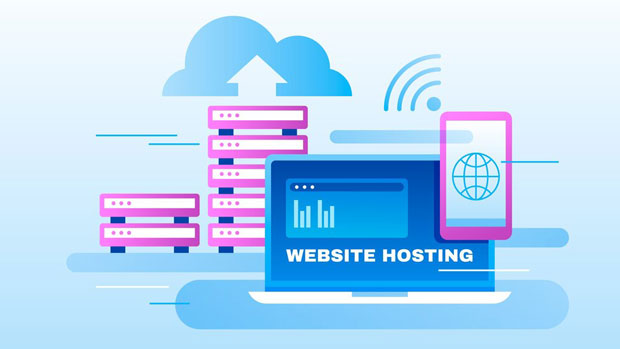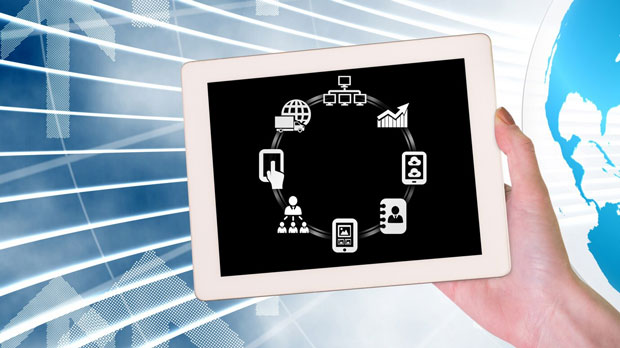HTTP proxies are commonly used in online browsing and torrent downloading to mask users' IP addresses and provide anonymity. When it comes to downloading from torrent sites like KickAss Torrentz2, the use of HTTP proxies can play a significant role in the stability and speed of downloads. However, several factors influence how reliable and effective these proxies are in maintaining a consistent connection throughout the process. In this article, we will dive deep into how HTTP proxies affect download stability on KickAss Torrentz2, analyzing various elements like server performance, speed, geographical restrictions, and the potential risks involved. What is HTTP Proxy and How Does it Work?An HTTP proxy is a server that acts as an intermediary between the user and the internet. When you use a proxy, your requests to websites or other online services are routed through this proxy server, which then fetches the requested content on your behalf. This process allows users to hide their real IP addresses and appear as though they are accessing the internet from a different location. Proxies are often used to enhance privacy, bypass geographical restrictions, and improve security. However, their role in torrent downloading is slightly different. Instead of merely browsing, proxies are used to hide the user's identity while downloading large files through a torrent client.Impact of HTTP Proxy on Download SpeedOne of the most significant concerns when using an HTTP proxy for torrent downloading is its impact on speed. Downloading from KickAss Torrentz2 often involves large files, and the connection speed can directly affect how quickly the content is received. 1. Server Performance: The performance of the HTTP proxy server is a crucial factor in determining download speed. High-quality proxies with excellent infrastructure can handle large amounts of data traffic without causing delays. However, proxies with limited bandwidth can create bottlenecks, slowing down download speeds. This is particularly important when downloading large files from KickAss Torrentz2, where high-speed connections are essential for a smooth experience.2. Distance to Proxy Server: The geographical location of the proxy server in relation to the KickAss Torrentz2 server can also affect the download speed. A proxy server that is far away from the site’s server may introduce latency, leading to slower download speeds. In contrast, using a proxy server located closer to the site may result in better performance.3. Bandwidth Limitations: Many HTTP proxies come with bandwidth limitations, which can hinder download speeds. Some proxies restrict the amount of data that can be transferred, which means that after a certain threshold is reached, the download speed might drastically decrease.Geographical Restrictions and HTTP ProxiesOne of the primary uses of an HTTP proxy is bypassing geographical restrictions. Many torrent sites, including KickAss Torrentz2, might be restricted or blocked in specific regions. In these cases, using an HTTP proxy can provide users with the ability to access content that would otherwise be unavailable.1. Bypassing Regional Restrictions: By routing traffic through a proxy server located in a region where access to KickAss Torrentz2 is not restricted, users can continue downloading torrents without facing the usual geographical limitations. However, while this can enhance access, it might also introduce some instability depending on how reliable the proxy server is.2. Impact on Download Stability: The stability of your connection is heavily influenced by the proxy server’s location. If the proxy server is in a region that is heavily throttled or has unstable internet infrastructure, it could affect the overall download experience. Users might experience intermittent disconnections, slower speeds, or even failure to connect to the torrent tracker.Potential Risks of Using HTTP Proxy in Torrent DownloadsWhile HTTP proxies provide numerous benefits, there are certain risks and challenges that come with using them, especially in torrent downloading. Below are some of the key risks to consider:1. Privacy Concerns: Although HTTP proxies hide the user's real IP address, they do not offer complete anonymity. The proxy server could potentially log your activities, and if it is not a trusted provider, your data may be exposed to third parties. In contrast, using a VPN (Virtual Private Network) offers more robust privacy protections.2. Proxy Blocking and Detection: Some websites, including torrent platforms, may detect and block proxy traffic. KickAss Torrentz2, like many other torrent sites, employs various techniques to identify proxy usage, which could result in a slower or less stable connection. When proxies are detected, the site may prevent you from accessing content altogether.3. Reduced Security: HTTP proxies do not encrypt traffic, which can make data vulnerable to interception. For users looking to ensure the safety of their data while downloading torrents, the use of proxies may not provide sufficient security. A VPN, which encrypts data, is often a more secure alternative.Maintaining Stability with HTTP Proxies for Torrent DownloadsTo ensure stability when using HTTP proxies for downloading torrents from KickAss Torrentz2, consider the following tips:1. Choose a Reliable Proxy Provider: Opt for a reputable proxy service with high-quality infrastructure. A reliable proxy service will have better servers, faster speeds, and fewer disruptions during your download process.2. Use Proxies in Combination with a VPN: For enhanced security and privacy, consider using an HTTP proxy in combination with a VPN. This dual-layer approach can provide a more stable connection and better protection against data interception.3. Check Proxy Server Location: Ensure that the proxy server you use is located in a region with stable internet infrastructure. Proxies located in regions with poor network connectivity can result in lower stability and slower download speeds.4. Monitor Proxy Performance: Regularly check the performance of your proxy connection. If you notice speed drops or unstable connections, consider switching to a different proxy server or upgrading to a higher-quality service.ConclusionIn conclusion, the stability of HTTP proxies in KickAss Torrentz2 downloads is influenced by multiple factors such as proxy server quality, location, bandwidth, and security features. While proxies can help bypass geographical restrictions and maintain anonymity, they also come with certain risks, including privacy concerns and potential instability in download speeds. To maximize stability, it is important to choose a high-quality proxy service, monitor performance regularly, and consider combining proxies with VPNs for enhanced security. Understanding these elements will help users make informed decisions on how to use HTTP proxies effectively for torrent downloading.
Jul 24, 2025



































































